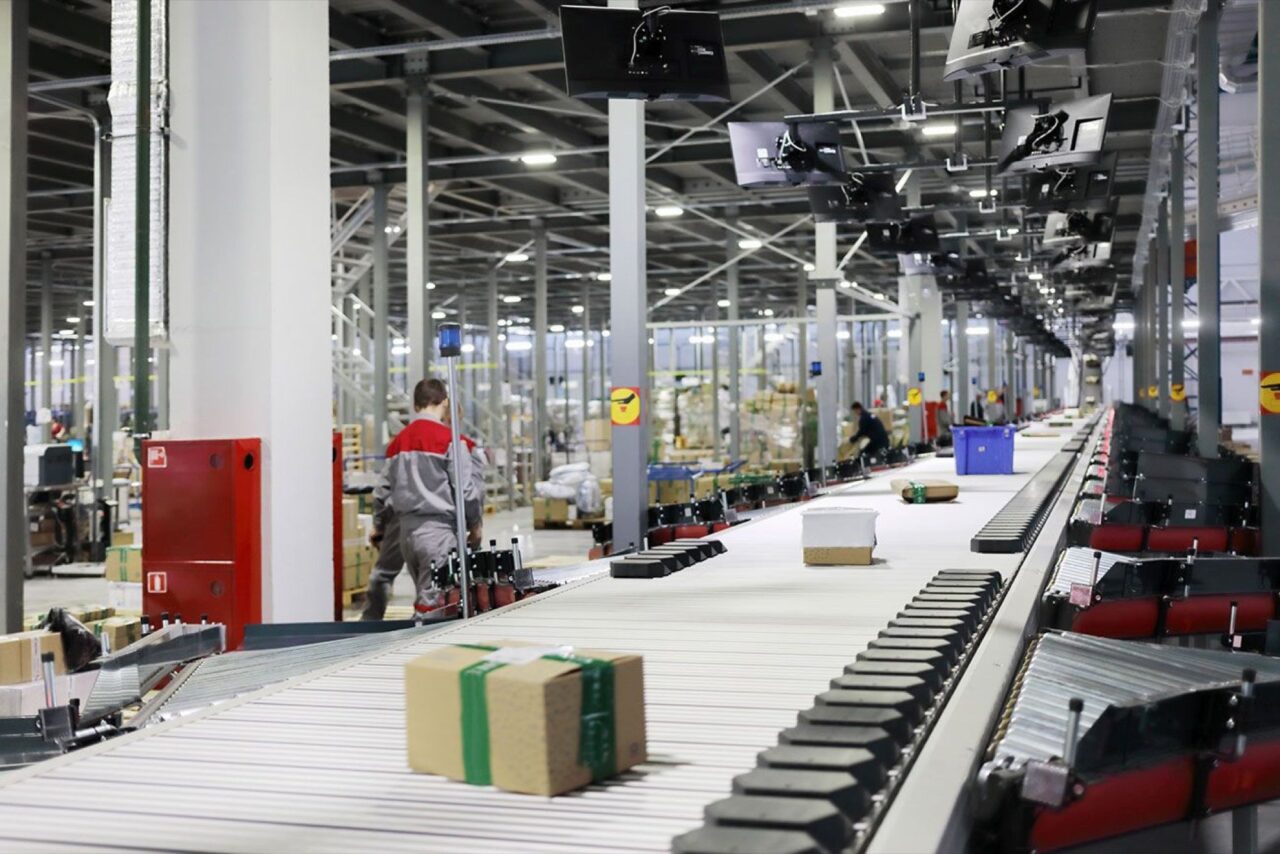An effective and efficient supply chain can maintain product quality. Maintaining the quality of temperature for certain goods like perishable agricultural products, pharmaceutical products, frozen food, cosmetics, chocolates, etc., during the process of transportation, is a challenge for the cold supply chain Industry.
The cold supply chain has recently become a significant point of attention for countries to provide a cold chain for COVID-19 vaccines at sub-zero storage conditions, which is a demanding task but essential to maintain the vaccine’s efficacy. The leading global players in cold supply chain providers are Lineage Logistics, Americold
Logistics, United States Cold Storage, AGRO Merchants Group, LLC, in storage capacity. Through different technologies like radio frequency identification technology, infrared sensors, laser scanner information sensing equipment, and modern communication technology, RFID and the Internet are incorporated to track the location and monitor the real-time atmospheric conditions in the cold supply chain.
Food
COVID-19 has made consumers more conscious about the quality of food. Foods stored in inappropriate conditions and at unsuitable temperatures can develop bacterial growth, which can turn into toxins later. These bacterial activities can be mitigated by freezing the commodity to a sub-zero temperature. 40% of the world’s food needs refrigeration, and the cold chain consumes 11% of the world’s electricity. (Source)
Some of the key drivers of the cold chain in the food industry are:
- Growth in organized food retail
- Growth in the processed food sector
- A shift towards fruits and vegetables
Pharmaceutical
Increasing demand for the healthcare sector and developing different products such as vaccines, clinical trial materials, and biopharmaceuticals calls for an efficient and reliable cold chain.
In November 2018, DHL Express launched express cold chain services between Brazil and the US to address customers’ increased demand in the pharmaceutical sector for faster delivery.(Source)
Pfizer has also developed temperature-controlled thermal shippers by utilizing dry ice to
maintain the recommended atmosphere for up to 15 days unopened. These shippers can contain
1000 to 5000 doses of vaccine. (source)
Scenario in India
According to TechSci Research, the Indian Cold chain storage and logistics market was valued at $4.7 billion in 2019 and is expected to grow at a CAGR of 17.04% or above from 2020 to 2025 because of the high demand for processed food, pharmaceuticals, fresh vegetables, etc.
The Indian cold supply chain market is in a nascent stage and not operating to its maximum potential because of several reasons: lack of basic infrastructure (road, power supply, etc.) and lack of awareness for handling goods. Because of the fledgling cold supply chain, India faces a loss of 52,000 to 95,000 cr annually from the agriculture sector.
Indian cold chain market is highly fragmented, i.e. 70% – 80% of the market is captured by unorganized players. Some of the leading players are Gati Kausar India Pvt Ltd, Snowman Logistics Pvt Ltd, ColdEx Logistics Pvt Ltd, Stellar Value Chain Solutions Pvt Ltd.
Opportunities in India:
1. According to the Food & Agriculture Organization of the UN, in India, 1.3 billion tonnes of food is wasted due to inhospitable storage and transport facilities. This clearly shows the gap and an opportunity for improvement in the Indian cold chain Industry.
2. Urbanization and growth of:
a. Organized retail
b. Food processing
c. Food servicing sector
d. Product variety
3. An increase in consumers’ preference for the convenient availability of processed food is also a key driver of cold supply chain growth in India.
4. Change in the consumers’ food habits leads to a growth opportunity in the cold supply chain industry.
5. Safe delivery of COVID-19 vaccine for mass immunization requires a solid and agile cold supply chain in the near future.
6. The Government of India has also taken several initiatives to boost the cold supply chain.
Government Initiatives
The Government of India has noticed the industrial ( 40% of total agricultural and 10% of total dairy production) wastage happening due to the inefficient Cold supply chain and has initiated actions to minimize them. (source)
- Under the Pradhan Mantri Kisan Sampada Yojana (PMKSY) Government is focusing
on creating shortly modern infrastructure with efficient supply chain management
from gate to retail outlet. - GST has been exempted on activities related to handling, transport, storage, and
marketing of agricultural products. - The Ministry of Agriculture launched the “Mission for Integrated Development for Horticulture” in 2014 to assist in setting up of new cold storage infrastructure.
- The Ministry of Food Processing Industries is also focusing on the minimization of dairy wastages.
Conclusion:
The Indian cold supply chain market offers massive opportunities for foreign businesses to enter India in this field. There is potential for refrigeration technology, automation, material handling, cold chain infrastructure, alternative energy solutions to expand the Indian market. The Government of India offers attractive incentives for the sector. There is a vast untapped potential market for companies to exploit these opportunities. @Route2Market provides the platform for the business to introduce their product or services in the Indian market by exploring the market opportunities for their smooth and profitable operations. @Om Kiran Logistics Park, a part of @Route2Market, aims for advanced and reliable cold storage warehousing technologies to safely store goods soon.








